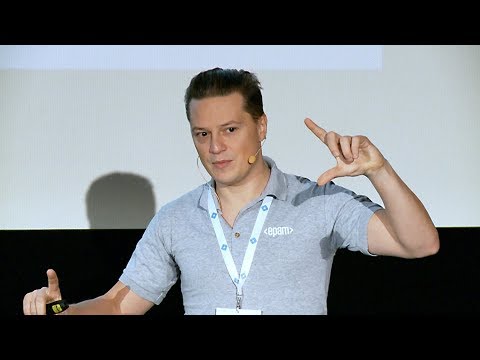Description:
Explore advanced techniques for achieving ultra-low latency in C++ programming during this comprehensive conference talk from code::dive 2017. Delve into the intricacies of high-performance computing as Mateusz Pusz, a member of the ISO C++ Committee, shares insights on optimizing code for speed-critical applications like high-frequency trading and market data processing. Learn about the characteristics of low latency software, common pitfalls to avoid, and best practices for predictable performance. Discover how to leverage C++17 features, type traits, and compile-time optimizations to minimize runtime overhead. Gain a deeper understanding of CPU data caches, memory allocation strategies, and the impact of language features like exceptions and polymorphism on latency. Through practical examples and quizzes, master the art of writing efficient C++ code that pushes the boundaries of speed and responsiveness.

Striving for Ultimate Low Latency
Add to list
#Conference Talks
#Code::Dive
#Programming
#Software Development
#Programming Languages
#C++
#Object-oriented programming
#Polymorphism
#Computer Science
#Memory Management
#Memory Allocation
#Business
#Finance
#Trading
#Algorithmic Trading
#High Frequency Trading